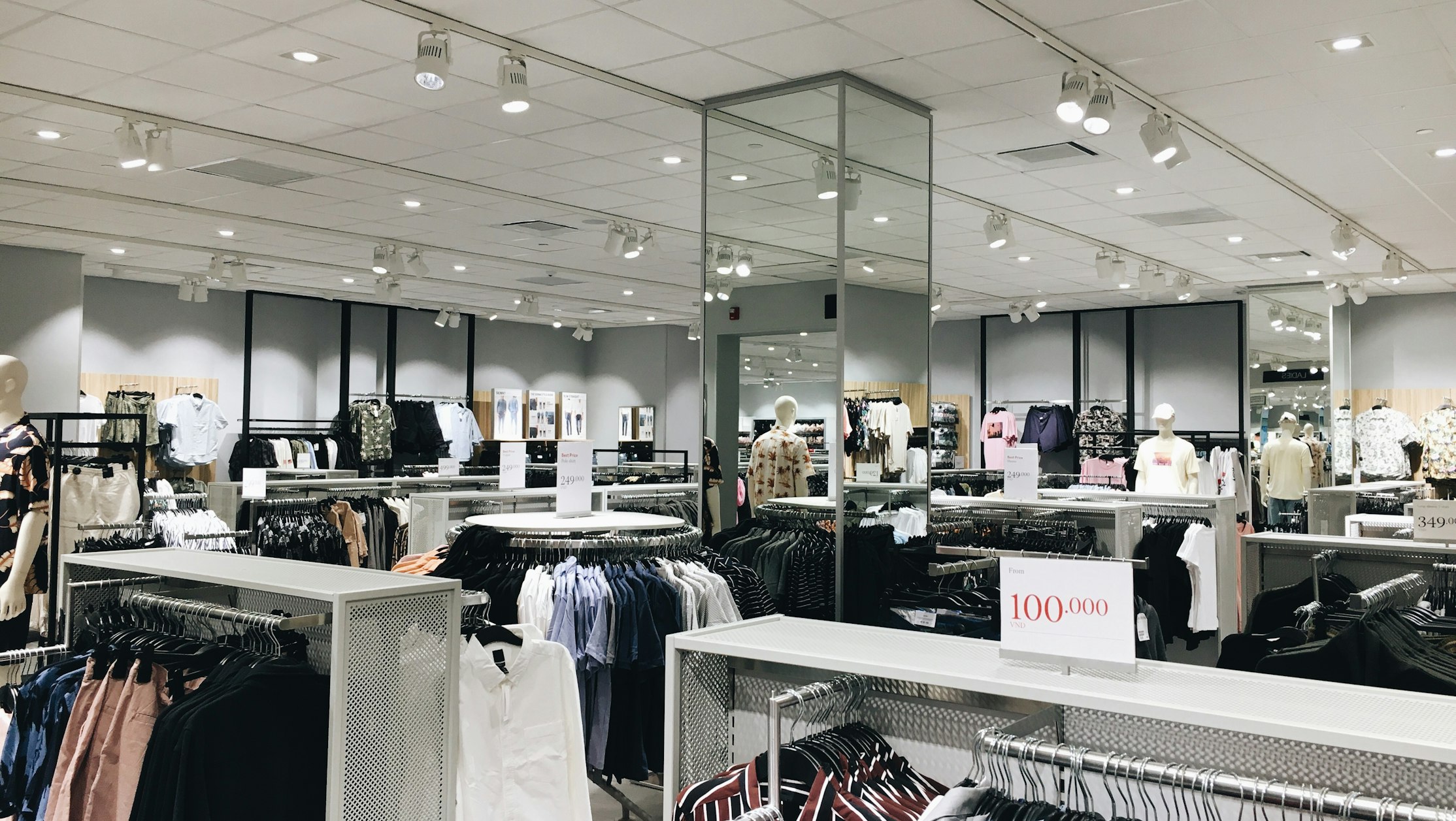H&M continues to take eco-friendly steps. During its Climate Summit presentation in Madrid, the company discussed how it plans to establish a global definition of what a positive climate is and what components should be included in it. H&M is engaging with other companies and organizations to establish a global definition of positive climate, according to Kim Hellström, H&M's Climate and Water Manager.
As part of the roadmap for a positive environmental impact, the group has committed to reducing emissions across its entire value chain by 2040 in line with the level of decarbonisation required to keep global temperature rise within the limits set by science.
Collaboration with Science Based Targents Initiative
In this regard, the Science Based Targets Initiative has approved the group's targets, which include reducing the scope of emissions by 2030, reducing the production of purchased materials and garments by 59% and increasing renewable energy in its facilities to 100% by 2030.
H&M has 4,968 shops and relies on a network of 2,383 factories around the world, presenting a challenge for the reduction of carbon emissions. Faced with these challenges, the group supports its eco-responsible message through communication and product development. The group's main focus is on its commitment to reduce its carbon emissions, as it aims to be "climate positive" in its own operations by 2040.
Its desire to make its processes more transparent and its progress in using more responsible materials. To advance on this path, H&M has relied on partners with a strong focus on environmental and social responsibility, such as the Copenhagen Fashion Summit, the Ellen MacArthur Foundation and WWF.
The group is increasingly looking towards new models. With its innovation hub know as The Laboratory, led by Laura Coppen, it has stakes in a dozen start-ups working on materials, new business models or even tiered products. Its premium brand, & Other Stories, is testing the second-hand market with one of these start-ups, the Swedish website Sellpy.
One of the strengths that the H&M group seems to be very committed to in the coming years is the development of a circular industry. In 2018, it collected some 20 000 tonnes of used clothing in its shops. It expects 25 000 tonnes by 2020. Although the sector is still far from being able to reuse all these tonnes of materials to create new sources for the textile industry.
Circular Project: Moral Fiber
H&M is investing in a project called Moral Fibre, which aims to enable the recycling of polyester materials, or in Colorfix, which specializes in eco-dyeing. According to the conclusions of the Corporate Social Responsibility day organized by the H&M Foundation, these innovations must accelerate their growth to move to an industrial scale and provide their response to help the sector meet the climate challenge.
As indicators of the brand’s choice to use eco-conscious materials, it used organic cotton certified by the Better Cotton Initiative and GOTS in collaboration with Lemlem. H&M now also sources materials that are certified by the Organic Content Standard (OCS), Global Recycled Standard (GRS), Recycled Claim Standard (RCS), Responsible Wool Standard (RWS), and the Responsible Down Standard (RDS). In addition, it plans to source 100% of all wood used in products such as man-made cellulosic materials, from FSC™ - certified forests by 2025.

